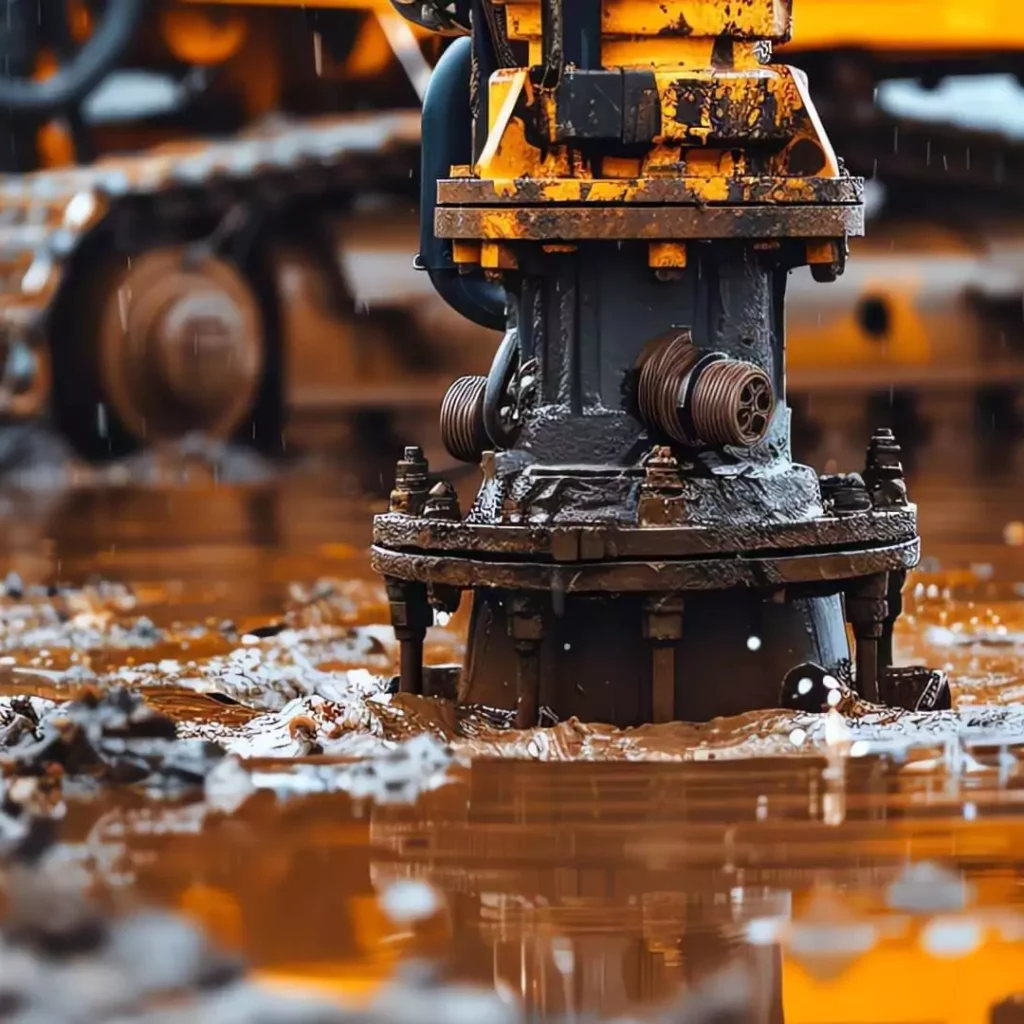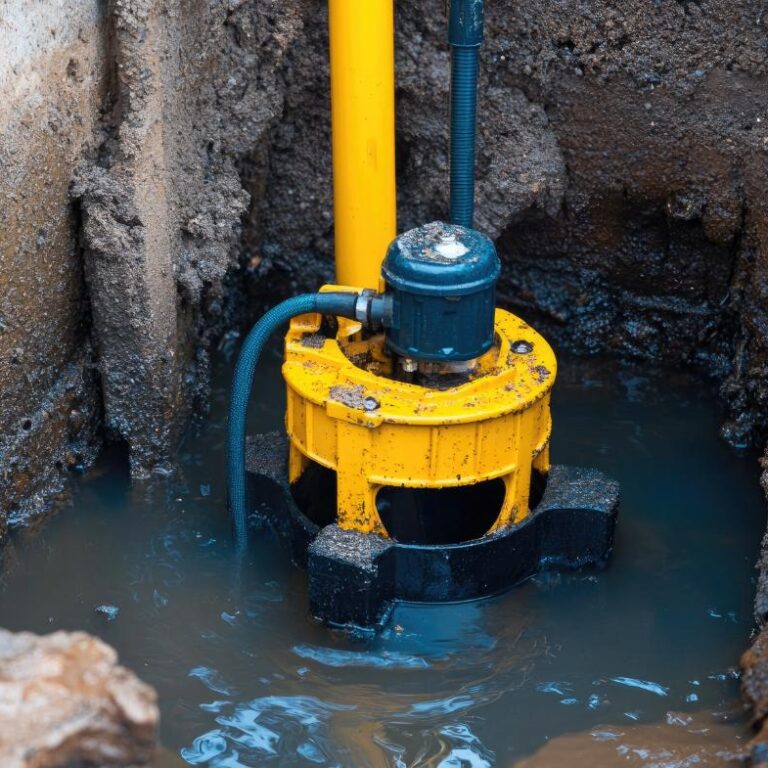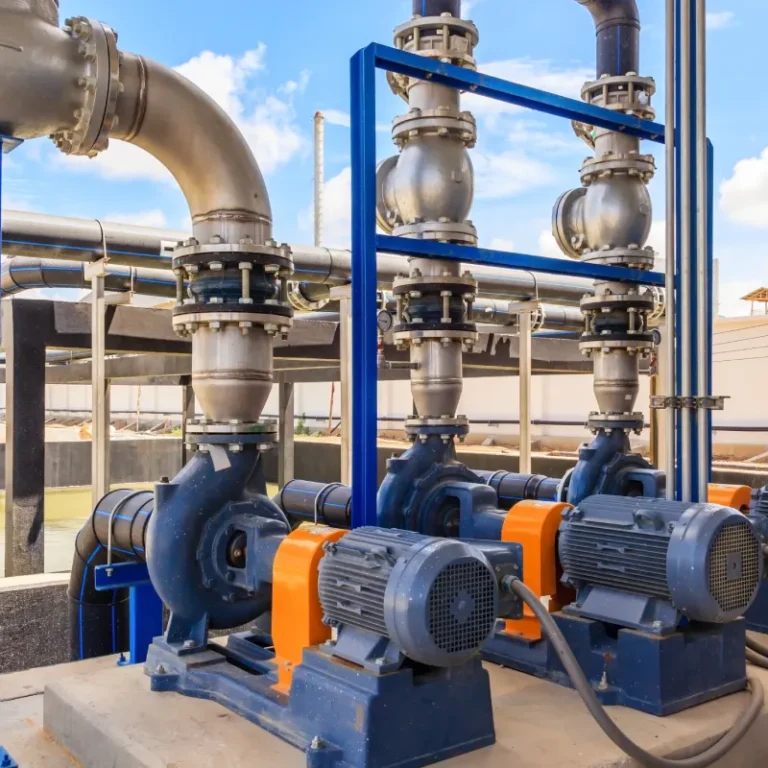Maximizing Energy Efficiency with Energy-Efficient Submersible Slurry Pumps in Operations
Energy efficiency is a critical factor in submersible slurry pump operations. With these pumps often operating in demanding environments like mining, dredging, and industrial processing, optimizing energy use is essential for reducing operational costs and minimizing environmental impact.
Modern industries rely on energy-efficient submersible slurry pumps to ensure cost-effectiveness and sustainability without compromising performance. By incorporating energy-efficient submersible slurry pumps into their operations, businesses can achieve better results while reducing their carbon footprint. This article explores the need for energy-efficient solutions, the factors influencing energy consumption, and actionable strategies to enhance pump efficiency.
The Need for Energy-Efficient Submersible Slurry Pumps
Slurry pump operations are notorious for their high energy demands due to the viscous and abrasive materials they handle. Without proper attention to energy efficiency, these operations can lead to significant financial and environmental costs.
Challenges of High Energy Consumption:
- Increased operational expenses due to excessive energy use.
- Higher carbon emissions impact environmental sustainability.
- Premature wear and tear from inefficient operations, reducing pump longevity.
Benefits of Energy-Efficient Submersible Slurry Pumps:
- Reduced Operational Costs: Optimized energy use lowers electricity bills and operational expenditures.
- Improved Environmental Sustainability: Lower energy consumption reduces greenhouse gas emissions, contributing to cleaner operations.
- Enhanced Pump Performance: Energy-efficient pumps maintain consistent performance, reducing the risk of downtime and equipment failure.
Industries that rely on energy-efficient submersible slurry pumps benefit from both cost savings and improved environmental responsibility, making these pumps a valuable investment.
Factors that Influence Energy Consumption in Slurry Pump Operations
Understanding the factors that affect energy consumption is essential for optimizing pump performance. The following considerations play a significant role:
Slurry Composition:
- The density, viscosity, and abrasiveness of slurry directly impact energy use.
- Heavier or more abrasive slurries require additional power to transport efficiently.
Pump Design and Efficiency:
- Hydrodynamic Considerations: Streamlined designs reduce friction and turbulence, improving energy efficiency.
- Energy-Saving Pump Features: Advanced impeller designs, optimized casing shapes, and wear-resistant materials significantly enhance efficiency.
Operating Conditions:
- Flow rate, head (the height the slurry is pumped), and pressure requirements directly influence energy consumption.
- Operating outside optimal parameters, such as over-pumping or under-pumping, can lead to wasted energy.
Properly addressing these factors ensures that energy usage is minimized without compromising performance. Energy-efficient submersible slurry pumps are specifically designed to address these challenges, offering a practical solution for industries seeking to optimize their energy use.
Strategies to Reduce Pump Energy Consumption
Implementing targeted strategies to reduce pump energy consumption is key to maximizing efficiency. The following approaches can significantly enhance energy performance:
Proper Pump Selection:
- Choose pumps that align with the specific requirements of the application, such as flow rate and slurry type.
- Opt for energy-efficient submersible slurry pumps with advanced features tailored for your operational needs.
Adjusting Operating Parameters:
- Install Variable Frequency Drives (VFDs) to regulate pump speed and match performance with real-time demand.
- Avoid over-pumping, which wastes energy, or under-pumping, which reduces efficiency and can damage the pump.
Predictive Maintenance:
- Monitor pump performance using smart systems to predict issues before they escalate.
- Prevent unnecessary downtime by scheduling repairs or replacements at optimal intervals.
By combining proper pump selection, parameter optimization, and maintenance strategies, industries can significantly reduce pump energy consumption and ensure consistent operation. Integrating energy-efficient submersible slurry pumps into these strategies maximizes their impact.

Key Energy-Saving Pump Features to Look For
The design and features of a pump are critical in determining its energy efficiency. When selecting equipment, prioritize the following energy-saving pump features:
High-Efficiency Impellers:
- Designed to minimize drag and turbulence, these impellers ensure smoother slurry flow and reduced energy use.
Wear-Resistant Materials:
- Materials that resist abrasion and corrosion maintain pump performance over time, reducing the need for frequent repairs or replacements.
Intelligent Control Systems:
- Advanced monitoring and control systems allow for real-time performance adjustments, ensuring optimal energy usage under varying conditions.
Sealing Systems:
- High-quality seals prevent leaks, minimizing energy loss and protecting internal components.
By incorporating pumps with these energy-saving pump features, operators can achieve long-term energy savings and improved reliability. Energy-efficient submersible slurry pumps often include these advanced features, making them the preferred choice for modern industries.
Efficient Pump Maintenance for Long-Term Energy Savings
Maintenance plays a pivotal role in preserving the efficiency of energy-efficient submersible slurry pumps. Neglecting maintenance can lead to reduced performance, increased energy use, and costly breakdowns.
Importance of Regular Maintenance:
- Regular inspections and replacements of worn components, such as seals and impellers, prevent energy loss.
- Monitoring energy usage helps identify inefficiencies early, allowing for timely corrections.
Tips for Efficient Pump Maintenance:
- Establish a Maintenance Schedule: Schedule routine checks to ensure all components are in optimal condition.
- Train Operators: Equip staff with the skills to handle pumps correctly and perform basic maintenance tasks.
- Utilize Smart Tools: Use sensors and monitoring systems to track energy consumption and detect issues in real-time.
By prioritizing efficient pump maintenance, operators can enhance energy efficiency and extend the lifespan of their equipment, making it a vital component of sustainable operations. Maintenance efforts focused on energy-efficient submersible slurry pumps can yield significant energy and cost savings.
Conclusion
Energy efficiency is not just a desirable quality in slurry pump operations; it’s a necessity for reducing costs and minimizing environmental impact. By adopting energy-efficient submersible slurry pumps and implementing strategies to reduce pump energy consumption, industries can achieve significant savings and improved performance.
Selecting pumps with advanced energy-saving pump features and maintaining them through regular, efficient pump maintenance ensures that operations run smoothly and sustainably. Evaluate your current pump setup and consider transitioning to energy-efficient submersible slurry pumps today for long-term benefits. Make energy efficiency a priority and unlock the full potential of your submersible slurry pumps.





